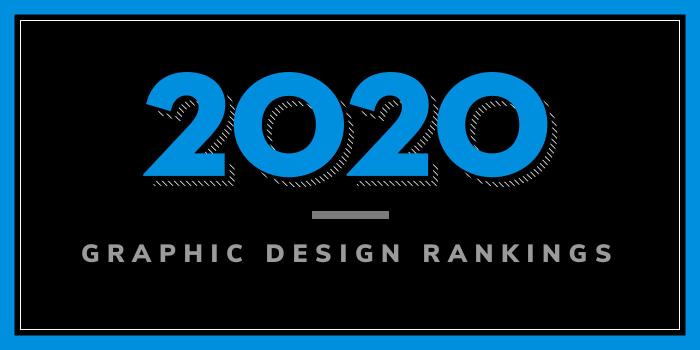Established in 1885, University of Arizona was the state’s first university. The school serves nearly 46,000 students enrolled in hundreds of bachelors, masters, and doctoral degrees, and first professional and specialist programs, in dozens of colleges and schools. The College of Fine Arts houses the School of Art, which offers BFA and MFA degrees in Studio Art with an Illustration and Design (I+D) Emphasis. Separate tracks in Illustration and Design are offered to undergraduates.
The Illustration Track provides “rigorous education in constructive anatomy,” says the school. Students will “learn to describe the human form realistically and expressively and find personal methodologies in traditional and digital media.” Graduates will leave the program with a professional portfolio and “knowledge of the history of Illustration as well as, the guidelines for ethical professional business practices in the field.”
The Design Track “provides a foundation in design principles and methodologies, creative problem solving and digital processes.” As students advance in the program, they will gain “knowledge and skills in professional practice including identity systems, web design, typography, motion graphics, history, contemporary criticism, and theory.” Graduates will leave the program with a professional portfolio and “a broad understanding of the business of design as well as its potential as a medium of critical inquiry and community involvement.”
The MFA is a 60 unit terminal degree comprised of interdisciplinary, graphic design and illustration courses as well as seminars, and independent studies “developing a body of self-authored work that contributes to the broad and expanding field of illustration, design and art.”
“Focused studio and course structures explore the theory, philosophy, and making of contemporary illustration, design and art. The program provides a range of opportunities for focus in visual narratives, community engagement, social practice, environmental projects, and technology, with a firm grounding in contemporary and historical contexts.”
Students in all Art Programs have access to studio spaces, computer labs with Wacom Cintiq Touch screens and animation stations, a digital imaging lab with large format printing, mounting and other services, letterpress equipment, photopolymer platemaking equipment, metal and wood type collections, binding equipment, darkrooms, wood and metal shops, sculpture foundry, and ceramics labs. Students also benefit from external resources such as the Center for Creative Photography, the University Museum of Art, and the Poetry Center, as well a library that houses an extensive book art collection.




